Exploring the Benefits and Functions of Pressure Tanks on Water Pumps


By storing water under pressure, pressure tanks provide a steady flow of water without the need for the pump to kick in every time a faucet is turned on. This not only eliminates the disruptive water hammer effect but also allows the pump to run less frequently, resulting in significant energy savings.
Pressure tanks play a crucial role in the operation of water pumps, serving as a vital component that ensures a consistent and reliable water supply. These tanks are designed to store water under pressure, allowing the system to maintain a steady water pressure even when the pump is not actively running.
The primary function of a pressure tank is to act as a buffer between the water pump and the plumbing system. When the pump is turned on, it fills the pressure tank with water, compressing the air inside. This compressed air creates a cushion of pressure that is then released as water is drawn from the system. This process helps to prevent water hammer, a phenomenon where sudden changes in water pressure can cause damage to pipes and fixtures.
By storing water under pressure, pressure tanks also help to reduce the frequency with which the pump needs to turn on and off. This is because the stored water can be drawn upon during periods of high demand, reducing the need for the pump to constantly cycle on and off. This not only extends the lifespan of the pump but also results in significant energy savings, as the pump runs less often.
One of the primary benefits of pressure tanks on water pumps is their ability to prevent water hammer. Water hammer occurs when the flow of water in a plumbing system is suddenly stopped or redirected, causing a rapid increase in pressure that can lead to damage to pipes and fixtures. Pressure tanks help to absorb these sudden pressure changes, effectively dampening the water hammer effect and protecting the system.
In addition to preventing water hammer, pressure tanks also help to reduce the frequency of pump cycling. Pump cycling occurs when the pump turns on and off repeatedly in response to changes in water demand. This constant cycling can be hard on the pump, leading to premature wear and tear. By storing water under pressure, pressure tanks can help to smooth out these demand fluctuations, allowing the pump to run less often and for longer periods of time.
Another significant benefit of pressure tanks is their ability to improve the overall efficiency of the water pump system. By reducing the frequency of pump cycling and the occurrence of water hammer, pressure tanks can help to lower the energy consumption of the pump. This can result in significant cost savings over time, as the pump uses less electricity to maintain the desired water pressure.
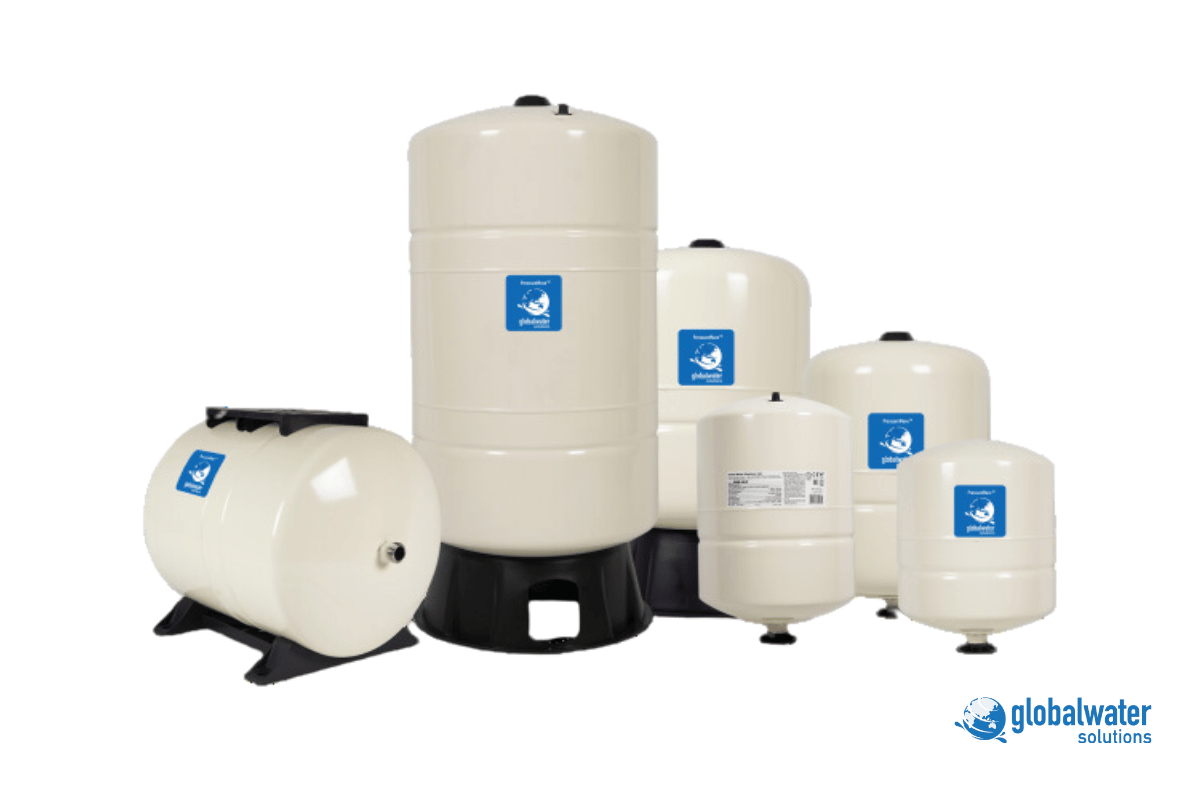
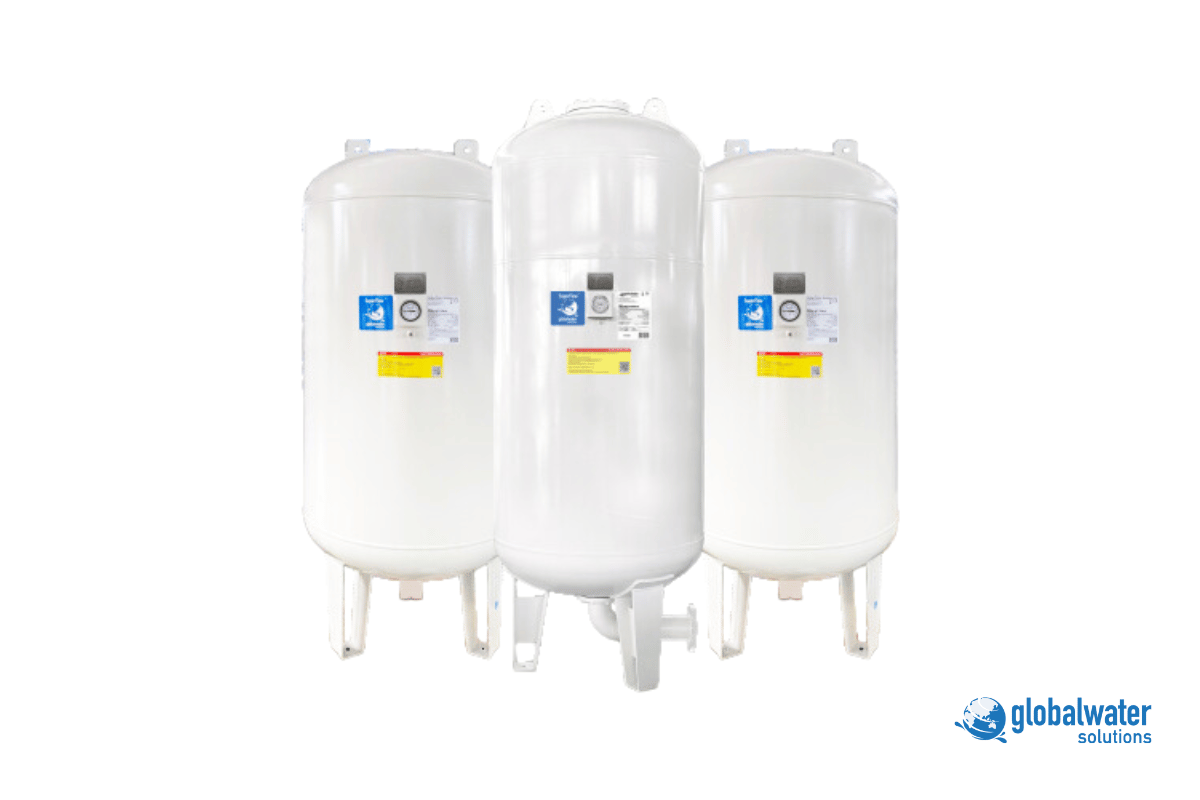
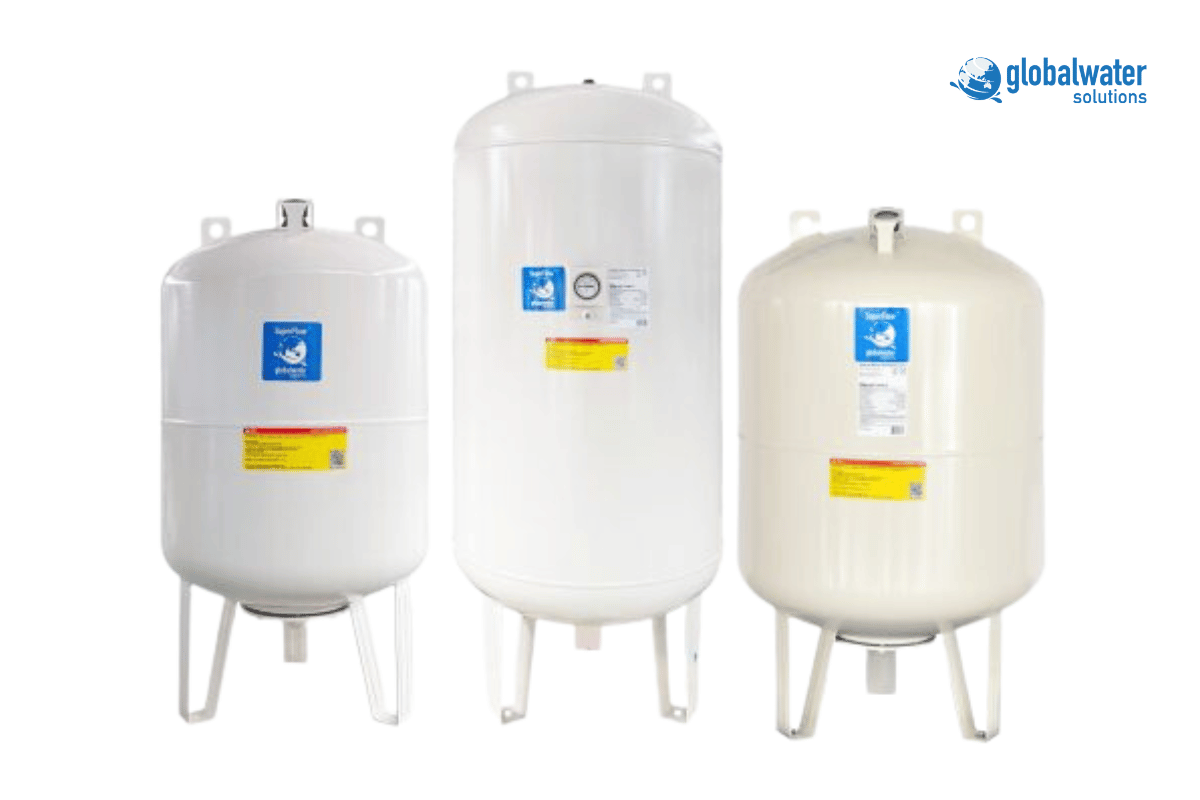
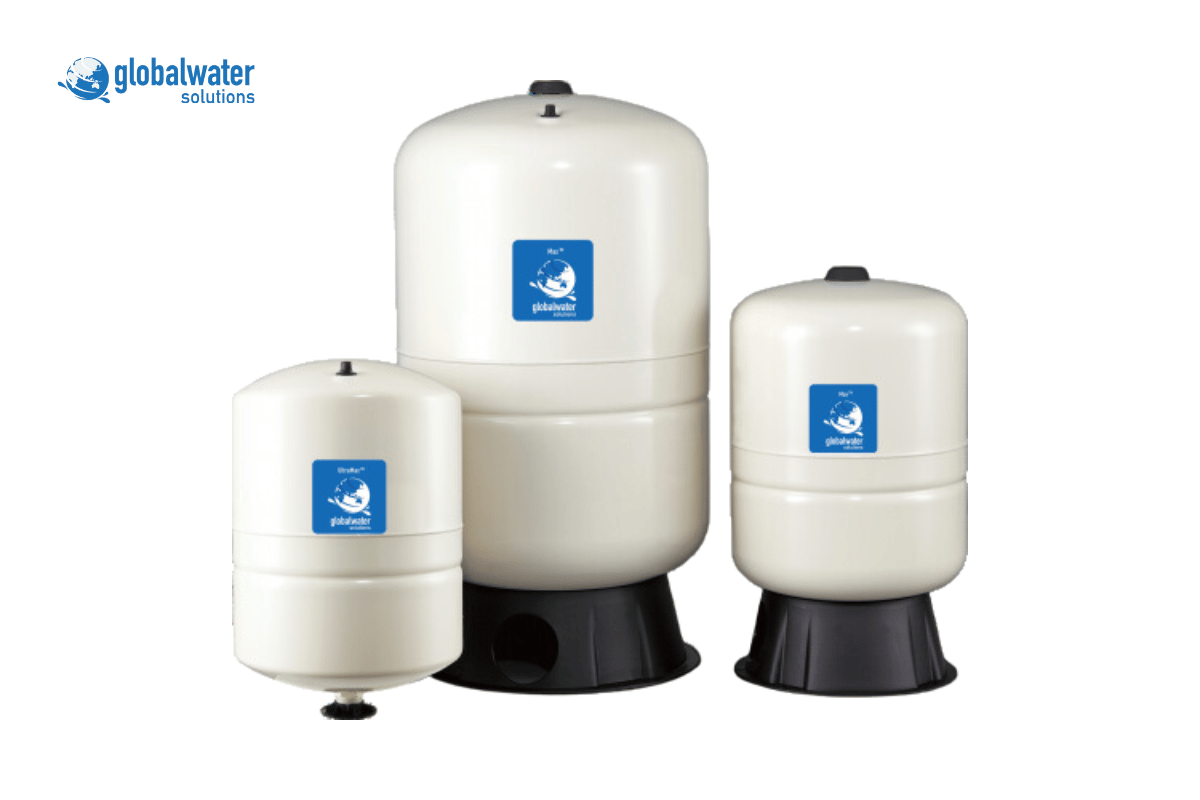
There are several different types of pressure tanks available on the market, each with its own unique features and benefits. The most common types of pressure tanks include:
Diaphragm Pressure Tanks: These tanks feature a flexible diaphragm that separates the water from the air chamber. As water is drawn from the system, the diaphragm flexes, allowing the air pressure to push the water out. Diaphragm tanks are known for their durability and long lifespan.
Bladder Pressure Tanks: Bladder tanks are similar to diaphragm tanks, but instead of a flexible diaphragm, they have a removable rubber bladder that separates the water from the air chamber. Bladder tanks are often more affordable than diaphragm tanks and are relatively easy to maintain.
Steel Pressure Tanks: Steel pressure tanks are the traditional option, featuring a steel shell that houses the water and air chambers. These tanks are typically more affordable than their diaphragm and bladder counterparts, but they may require more maintenance over time.
Composite Pressure Tanks: Composite pressure tanks are a newer technology that combines the benefits of steel and bladder tanks. These tanks feature a reinforced composite shell that is designed to be lightweight, durable, and corrosion-resistant.
The choice of pressure tank will depend on factors such as the size of the water pump system, the water usage patterns, and the overall budget. Each type of tank has its own advantages and disadvantages, so it's important to carefully consider the specific needs of the system before making a selection.
When selecting a pressure tank for your water pump system, there are several important factors to consider:
Tank Size: The size of the pressure tank should be appropriate for the size of the water pump system and the expected water usage. Choosing a tank that is too small can lead to frequent pump cycling, while a tank that is too large may be inefficient and costly.
Pre-Charge Pressure: The pre-charge pressure of the tank, which is the air pressure in the tank when it is empty, is an important consideration. The pre-charge pressure should be set to the manufacturer's recommendations to ensure optimal performance.
Material and Construction: The material and construction of the pressure tank can impact its durability, corrosion resistance, and overall lifespan. Factors such as the tank's shell material, the type of bladder or diaphragm, and the quality of the fittings and connections should all be carefully evaluated.
Certifications and Approvals: It's important to choose a pressure tank that meets relevant safety and performance standards, such as those set by the American Society of Mechanical Engineers (ASME) or the National Sanitation Foundation (NSF). These certifications ensure that the tank is safe and reliable for use in water pump systems.
Installation Requirements: The installation requirements of the pressure tank, such as the necessary clearance, connections, and mounting hardware, should be considered to ensure that the tank can be properly integrated into the water pump system.
By carefully considering these factors, you can ensure that you select a pressure tank that is well-suited to the specific needs of your water pump system, providing reliable and efficient performance for years to come.
Installing a pressure tank on a water pump system is a straightforward process, but it's important to follow the manufacturer's instructions and best practices to ensure a proper and safe installation. Here are the general steps involved in installing a pressure tank:
It's important to note that the specific installation process may vary depending on the type of pressure tank and the configuration of the water pump system. It's always a good idea to consult with a professional plumber or the tank manufacturer for detailed installation instructions and guidance.
Proper maintenance and care are essential for ensuring the long-term performance and reliability of a pressure tank on a water pump system. Here are some key maintenance tasks to consider:
By following these maintenance and care practices, you can help to extend the lifespan of your pressure tank and ensure that your water pump system continues to operate at peak efficiency.
While pressure tanks are generally reliable and long-lasting components, they can occasionally experience issues that may require troubleshooting and repair. Here are some of the most common problems that can arise with pressure tanks and how to address them:
By being proactive in monitoring the performance of your pressure tank and addressing any issues promptly, you can help to ensure the continued reliability and efficiency of your water pump system.
As your water pump system's needs change or as technology advances, you may find it beneficial to upgrade your pressure tank system. There are several reasons why you might consider an upgrade, including:
When considering an upgrade, it's important to carefully evaluate the specific needs of your water pump system and choose a pressure tank that is appropriately sized and designed to meet those needs. This may involve working with a professional plumber or the pressure tank manufacturer to determine the right size, type, and configuration for your system.
By upgrading your pressure tank system, you can enjoy improved water pressure, reduced energy consumption, and greater overall reliability and performance from your water pump.
Pressure tanks are a vital component of any water pump system, providing a range of benefits that contribute to the overall efficiency, reliability, and longevity of the system. By understanding the function of pressure tanks, the various types available, and the factors to consider when choosing and maintaining them, you can ensure that your water pump system is operating at its best.
From preventing water hammer and reducing pump cycling to improving energy efficiency, pressure tanks play a crucial role in delivering a consistent and reliable water supply. By properly installing, maintaining, and, if necessary, upgrading your pressure tank system, you can maximize the performance of your water pump and enjoy the many advantages that these versatile components have to offer.
Whether you're a homeowner, a business owner, or a water system professional, understanding the benefits and functions of pressure tanks is essential for maintaining a well-functioning water pump system. By harnessing the power of pressure tanks, you can enjoy a steady, efficient, and cost-effective water supply for years to come.
Are you ready to enhance your system's performance with top-of-the-line pressure tanks? Don't wait—call us now at 1800 10 670! Our team is ready to help you upgrade to high-quality pressure tanks designed to meet your specific needs. With our expertise and advanced solutions, including custom-engineered pump sets from Southern Pumping, we ensure optimal efficiency and reliability.
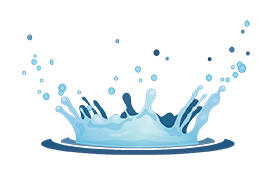
Call us on (02) 4271 2220
email us here or complete the order form below